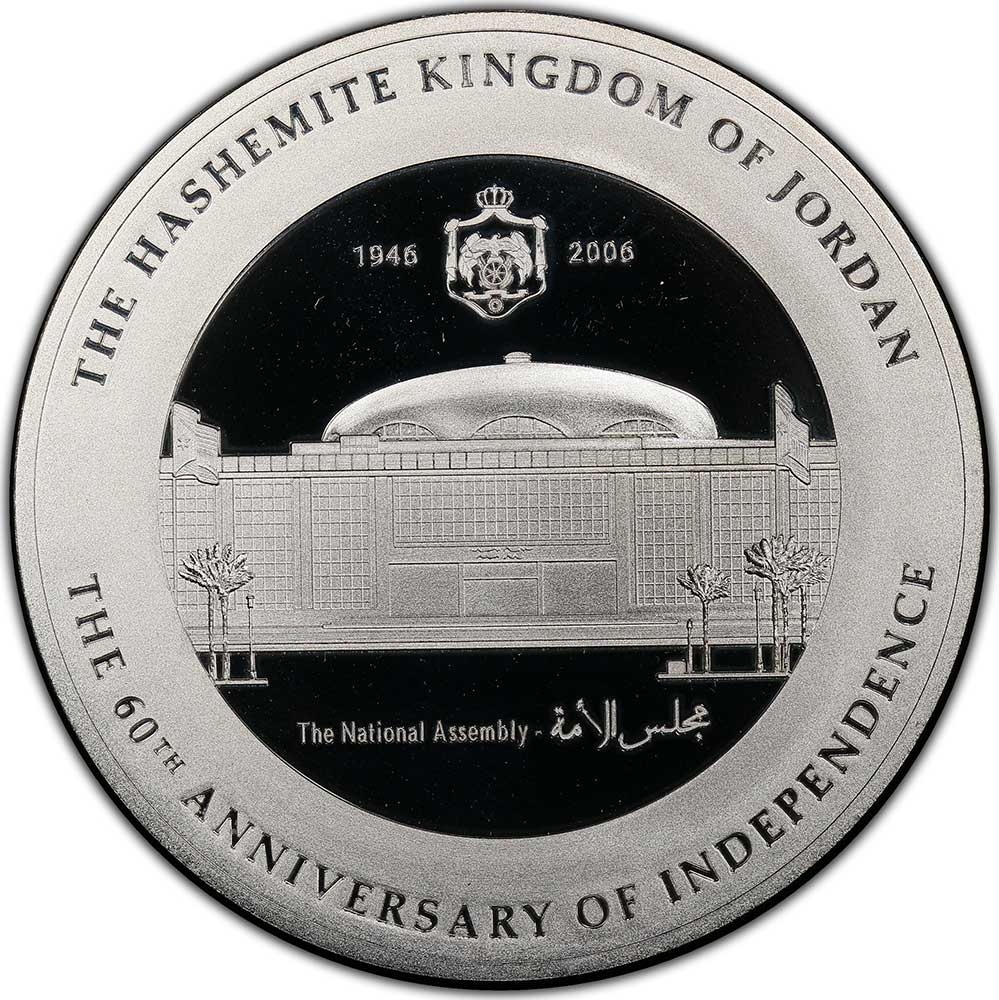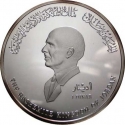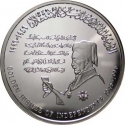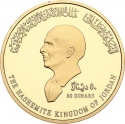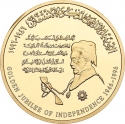You are about to finish your registration. Please check your mailbox (including spam folder). There should be a letter with a confirmation link. Check setting to make sure that your e-mail address is correct.
Send letter againDescription
Independence Day in Jordan commemorates the country's liberation from British rule. After World War I, the Hashemite Army of the Great Arab Revolt successfully took control of what is now Jordan. Spearheaded by the Hashemites and led by Sharif Hussein of Mecca, the revolt aimed to overthrow the Ottoman Empire and received backing from World War I Allies, including Britain and France.
Negotiations between Emir Abdullāh and the British culminated in a treaty signed on March 22, 1946. It took two years for Jordan to achieve complete independence, with another treaty signed with Britain in March 1948, removing all restrictions on sovereignty. Jordan officially joined the United Nations and the Arab League in December 1955. Following independence, Jordan established its parliament in 1952, comprising two chambers: the Senate and the House of Representatives.
Hussein bin Talal (1935–1999) was King of Jordan from the abdication of his father, King Talal, in 1952, until his death. Hussein's rule extended through the Cold War and four decades of Arab–Israeli conflict.
Obverse

|
Depicts King Abdullah I of Jordan facing left, wearing a headdress declaring the end of the British Mandate and the independence of the Hashemite Kingdom of Jordan, the statement at left in Arabic: المملكة الأردنية الهاشمية |
|---|---|
Reverse

|
Depicts an outer view of the Nation Assembly of Jordan with name in Arabic and English below, coat of armed positioned above divided date enclosed in country name in English above and inscription below. THE HASHEMITE KINGDOM OF JORDAN |
| Edge |
Related coins
50th Anniversary of the Independence of Jordan
50th Anniversary of the Independence of Jordan

